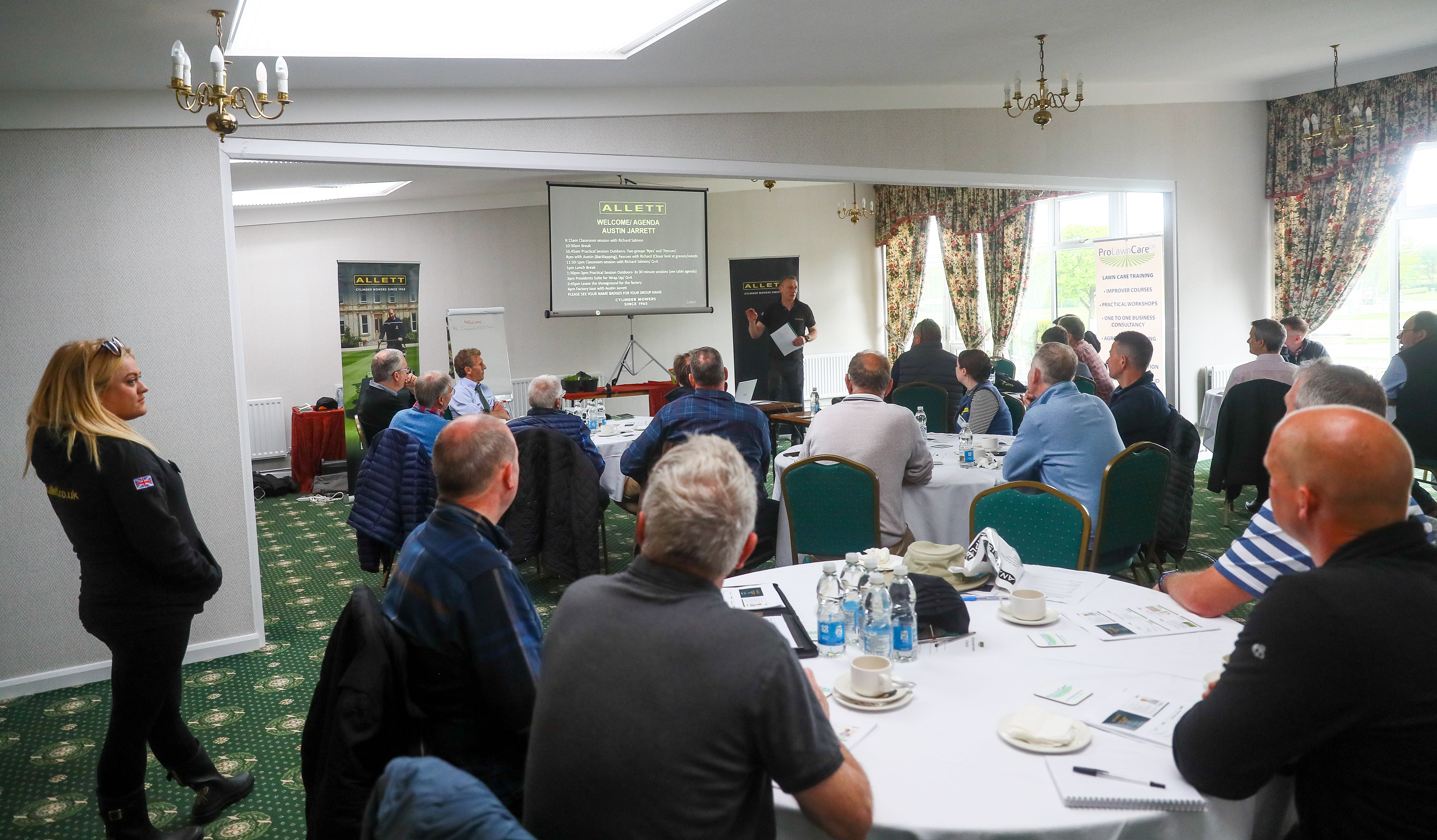Unfortunately dealing with a red ant infestation can be a challenging and frustrating experience. While it's important to address the problem it's equally important to do so in a humane way that avoids unnecessary harm to the ants or the environment. In this blog we will share some tips on how to humanely deal with red ant infestations on your lawn.
Use Natural Deterrents
One of the easiest ways to discourage red ants from venturing too far from their nest is to use natural deterrents. Some of the most effective natural remedies include cinnamon or diatomaceous earth. Simply sprinkle these substances around ant mounds or along ant trails to create a barrier that ants will avoid. You can also try pouring boiling water into the nest which can kill ants without the use of chemicals.
Non-Toxic Ant Baits
If you must use ant baits opt for non-toxic options that are safer for the environment and other wildlife. Avoid using baits that contain harmful chemicals as these can harm other insects and wildlife that are beneficial to your lawn's ecosystem. You can make your own bait using a mixture of sugar, borax, and water. Mix equal parts of sugar and borax and add just enough water to make a thick paste. Place the bait near ant mounds or along ant trails and the ants will carry it back to their nest where it will eventually kill the colony.

Avoid Using Pesticides
Chemical pesticides can be harmful to the environment and may not be effective in the long term. If you must use pesticides choose products that are specifically designed for outdoor use and follow the instructions carefully. Be sure to use pesticides sparingly and only as a last resort. Remember that pesticides can harm other beneficial insects and wildlife so it's best to avoid using them if possible.
Hire a Professional If the infestation is severe or you are not comfortable dealing with it on your own consider hiring a professional pest control service that uses humane and environmentally friendly methods to deal with the problem. A professional can assess the situation and recommend the best course of action to eliminate the infestation while minimising harm to the environment and other wildlife.




Leave a comment
This site is protected by hCaptcha and the hCaptcha Privacy Policy and Terms of Service apply.